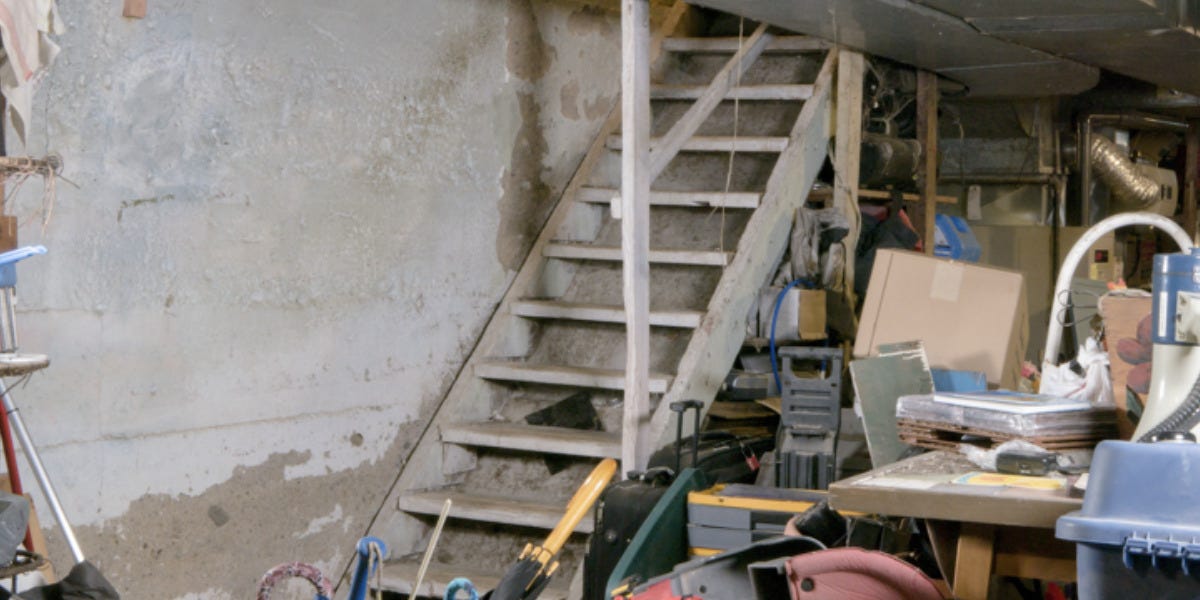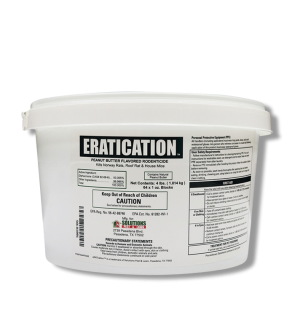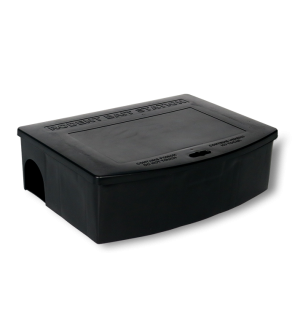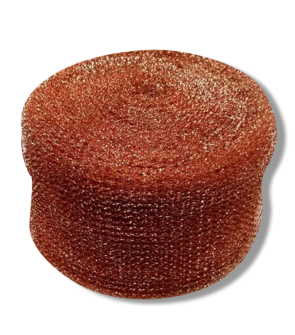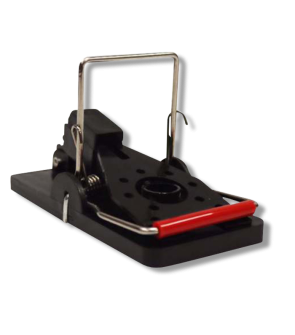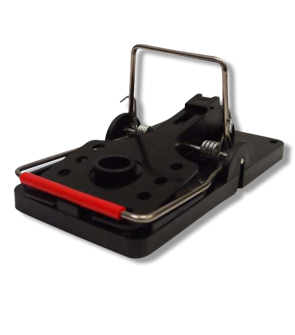Rodents in Basement
Most Effective Products
Common Rodents in Basement
Rodents often make themselves at home in your basement, whether it's finished or not. Most common rodents to come into basements are the house mice and Norway rat. Often basements have less activity than the floors above, making it a comfortable space for these rodents.
They also want easy access to food, water, and shelter which basements readily offer. Unfortunately, these rodents multiply and mature in a short time period so seeing one of these pests often suggests a larger infestation.
If left untreated, then house mice and Norway rats can gravitate toward other areas in your home. These rodents carry multiple diseases and can also bring other pests like fleas, ticks, and lice into your home.
And that's not all! These pests can cause serious damage to your house with their chewing and gnawing activities. Here are some tips and products to help you avoid and remove these rodents in your basement, keeping it as clean and safe as possible.
If you are not seeing a pest listed here, then contact our customer service team by phone, email, or in-person at one of our store locations for professional recommendations.
Identification

For a visual aid take a look at the image above: On the left is the Norway Rat and on the right is the house mice.
House mice in body are 3-4 inches long and their hairless tail is about 2-4 inches long. They have a pointed nose and large black eyes and ears. Their fur is gray, light brown, or black colored with a white underbelly.
Norway rats have small ears, blunt nose, and small black eyes. Much bulkier than house mice, these rodents are about 16 inches long in body and the tail may be more than 8 inches long.
Inspection

In basements, house mice can hide in walls, piles of clutter, storage containers, exposed insulation, washing machines, and in the drawers of unused furniture.
Norway rats often create their nests in undisturbed materials like wood piles, storage containers, dryer vents, wall voids, sewers beneath basement floors, and within other ground level surfaces in the basement.
Treatment
Step 1: Seal Cracks and Crevices

Walk around the outside perimeter of your home and look for possible entry points around window and door frames, foundation, and plumbing penetrations.
Seal these areas with caulk and copper mesh. Stuf-Fit Copper Mesh is a flexible cover material that can stop rodents from entering structures. The material is difficult for rodents to chew and destroy.
Keep in mind that house mice can fit through openings as small as a dime and rats through openings as small as a quarter.
Step 2: Clean Regularly

If your basement has plenty of clutter in and around it then staying on top of cleaning can go a long way against rodents.
Indoors, reduce clutter from basement walls and throughout the space. Move objects and food stored in basements to sealable plastic containers.
Fixing leaks and drainage issues in and around your basement will make it less desirable to rodents. Sweep and pick-up any debris such as leaves, dirt, shredded paper, and loose wall insulation to limit nest attractants.
Move firewood outside at least several feet away from the home's foundation and off the ground on a metal rack.
Regularly rake or pick up mulch, leaf litter, and other fallen plant debris away from the exterior of your home. Try relocating foliage away from your home or prune overgrown leaves and branches so it's not touching your house.
Step 3: Set Traps
 One of the best ways to remove house mice and Norway rats from your basement is by using snap traps.
One of the best ways to remove house mice and Norway rats from your basement is by using snap traps.
The Solutions Easy Set Rat Traps or Solutions Easy Set Mouse Traps are designed after a traditional snap trap design. With its special construction, these durable plastic snap traps can be set at a 90 degree angle to better capture rodents.
With a glove covered hand, fill the bait cup with a suitable bait like peanut butter laced with seeds. Pull the upright bar back slowly until it is locked in place.
Place these products in the back of drawers or cabinets of furniture, against basement walls, along storage containers, and underneath other objects kept in basements.
Check the trap periodically and pull back gently on the upright bar to release the rodent.
Step 4: Use Rodenticides Outside

Rodenticides are one of the most reliable ways of getting rid of mice and rats in basements.
Eratication Rodent Bait is a synthetic rodenticide made with real peanut butter, seeds, and the active ingredient diphacinone for complete mice and rat control within 2-4 days.
A tamper-proof bait station will have to be used with this product.
Set 4 Eratication Rodent Bait Blocks on the metal rods inside the Solutions Rat and Mouse Bait Station, then close the lid and lock with the included key.
Place the loaded bait stations flat against the exterior wall of your home. There should be a distance of 20 to 40 feet between each Solutions Rat and Mouse Bait Station used.
Once a day open the bait station to replace Eratication Rodent Bait Blocks and to remove any deceased rodents. Continue to use these products until rodent activity and the rodent itself are no longer noticed.
Key Takeaways
What Rodents Are In Basements
- Common rodents in basements are house mice and Norway rats.
How to Get Rid of Rodents in Basement
- Seal all entry points both indoors and outdoors, set out snap traps, and maintain regular yard maintenance. We also recommend using rodenticides during active infestations.
Is it Common to Have Mice in Basements
- Yes, house mice are common in basements since they are easily able to squeeze through small openings.
